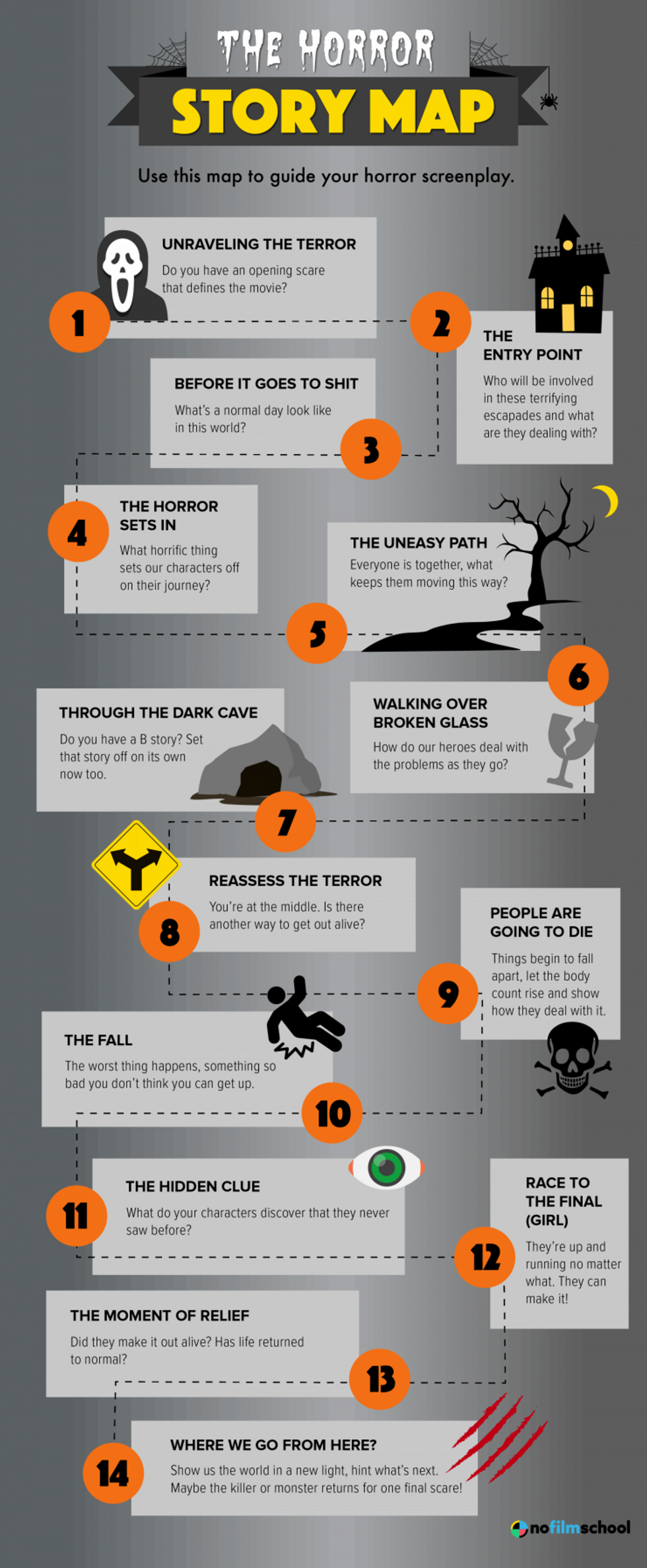How to Write a Horror Podcast
It's spooky season—the perfect time for you to start a horrific podcast.
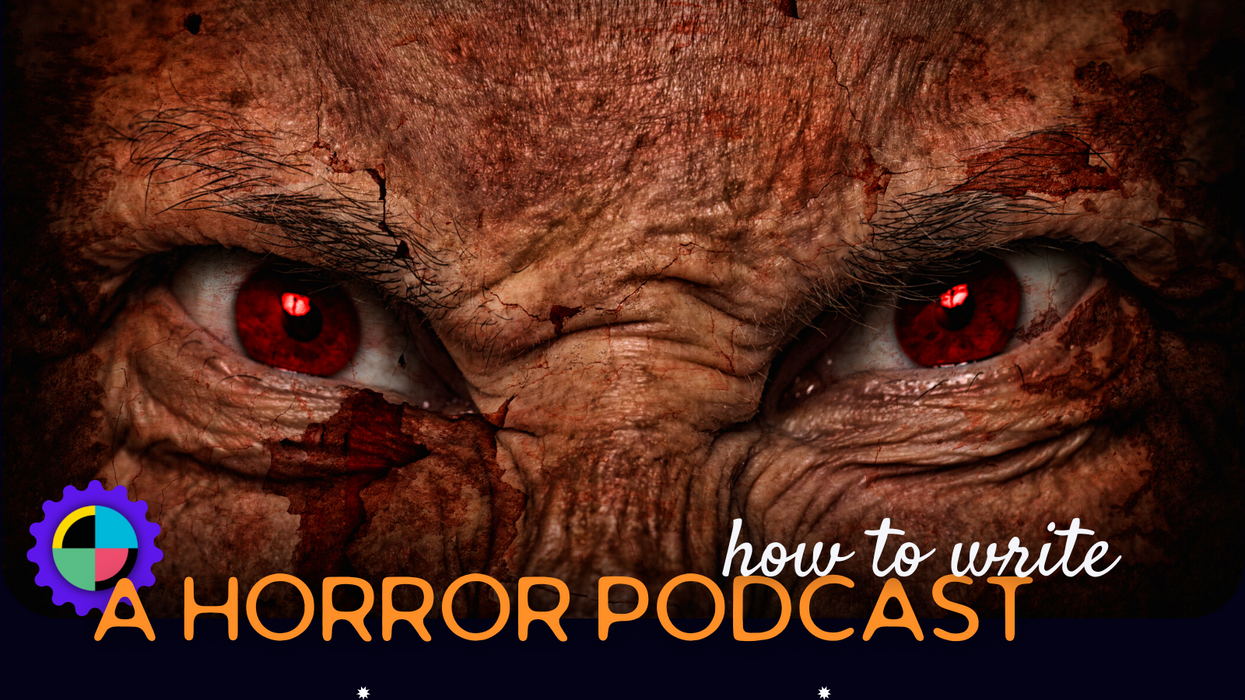
Maybe it's just me, but when the calendar turns over into October, I want everything to be terrifying. One of the most fun ways to get scared is from a horror podcast. I grew up telling scary stories around a campfire, and now I get to listen to them in headphones or while driving around. It seems like a natural evolution.
But how can you make your own horror podcast? And what goes into not just making one, but making it terrifying?
Today, we're going to take you through coming up with horror podcast ideas, outlining your first season, and some strategies to add sounds to accentuate your storytelling.
Sound good? Let's get scary.
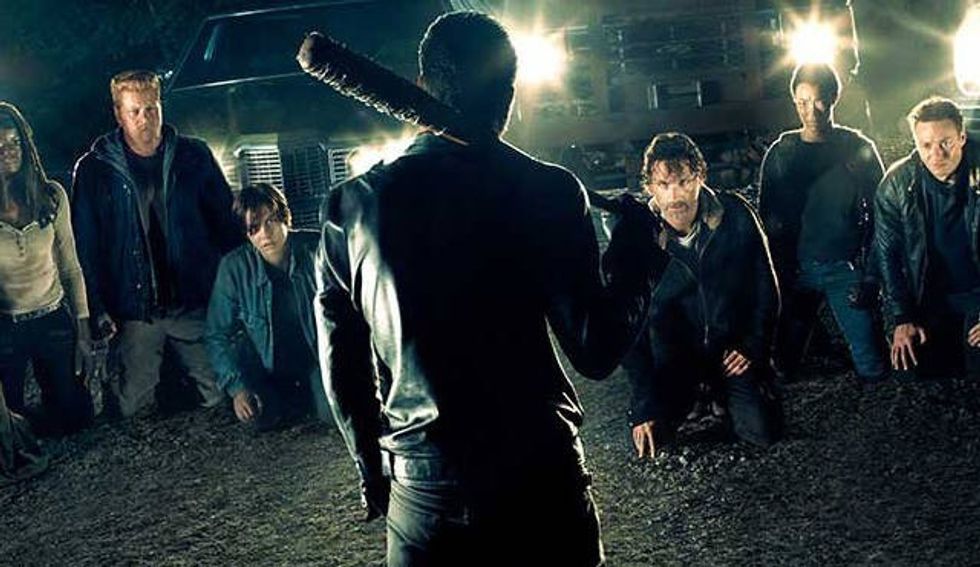
How to Write a Horror Podcast
Podcasts harken back to the days before film and TV. In fact, they have much more in common with radio dramas. We often think of film and television as visual mediums.
Well, podcasts are auditory mediums. You listen to them and then create the scenes in your imagination.
So how are we, as storytellers, going to make sure people are painting horrific pictures in their brains?

Best Horror Podcast Practices
First off, before you get to record your podcast, you should really write a script for it. I know this seems crazy, but so many people venture into the podcast world and just try to wing it. Don't be one of them. The best podcasts are carefully planned stories.
Sure, you have people who do interview podcasts and other non-scripted, but horror podcasts are usually stories. And stories have specific beats that take the audience on a journey.
These beats really matter. You want to pack your episodes with scares. The story should build around those scares. That's why it's so key to find your beats and make sure everything moves forward with them.
You also want to stay organized with your podcast. I would make a detailed outline that covers how many episodes you have in the season and the big plot points you'll deliver in each episode. You also want to be clear on how long each week's episode will be too.
Most of these points boil down to you having a detailed plan. And for that, you need a horrific topic.
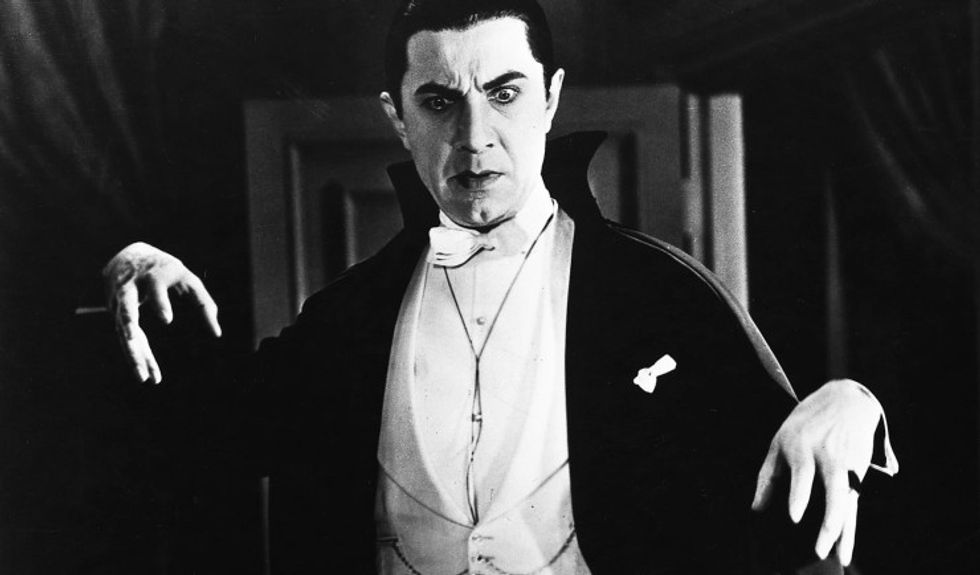
Come Up with a Horrific Topic
What kind of horror genre are you into? People listen to these shows because they want to feel their hearts beating out of control. They want the scare, but also the relief and enjoyment that comes after. Can you imagine turning the lights off, lighting a single candle, and popping one of these podcasts on?
Okay, you need an idea for a horror podcast. Sometimes, I think it's best to work backward from the elements and then into the topic I want to write about.
What are some basic elements they might expect when they tune in?
General elements include ghosts, extraterrestrials, vampires, werewolves, demons, Satanism, evil clowns, gore, torture, vicious animals, evil witches, monsters, giant monsters, zombies, cannibalism, psychopaths, and serial killers.
Yes, there's a ton to pick from! We've got a whole list of the subgenres of horror. Work your podcast from there.
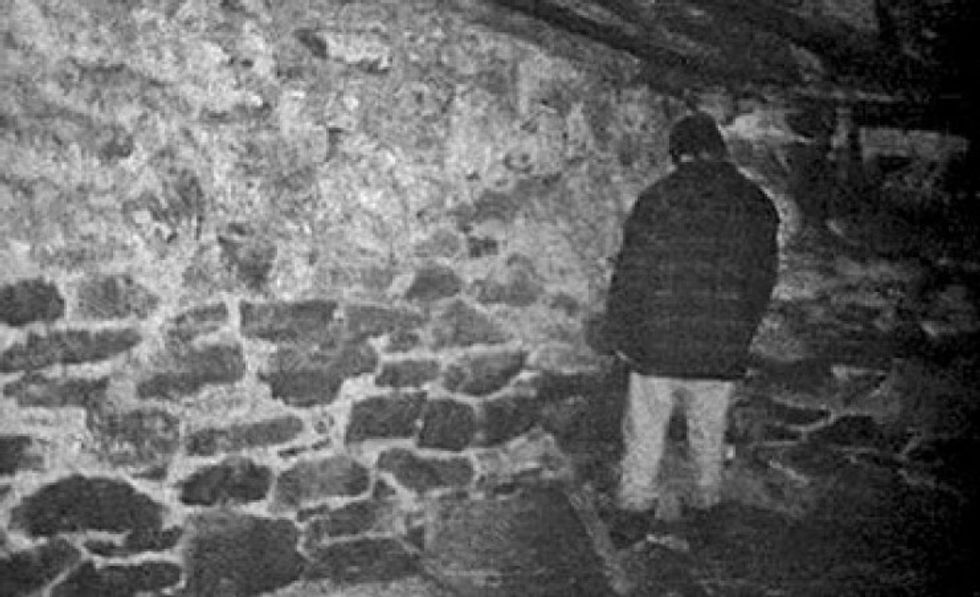
Horror Subgenres
Horror is such a malleable genre that you can mash it up with almost anything. There are subgenres that involve different kinds of monsters, and there are subgenres that pull in other elements. You can see movies and shows that involve comedy, body, folk history, found footage, Gothic elements, natural elements, slasher, teen, psychological, gore, and many others I'm sure you'll tell me about in the comments.
Here's what you really need to know. There are four main horror areas—killers, monsters, paranormal, and psychological horror. Everything else fits underneath them.
Once you have your idea, it's time to make an outline.
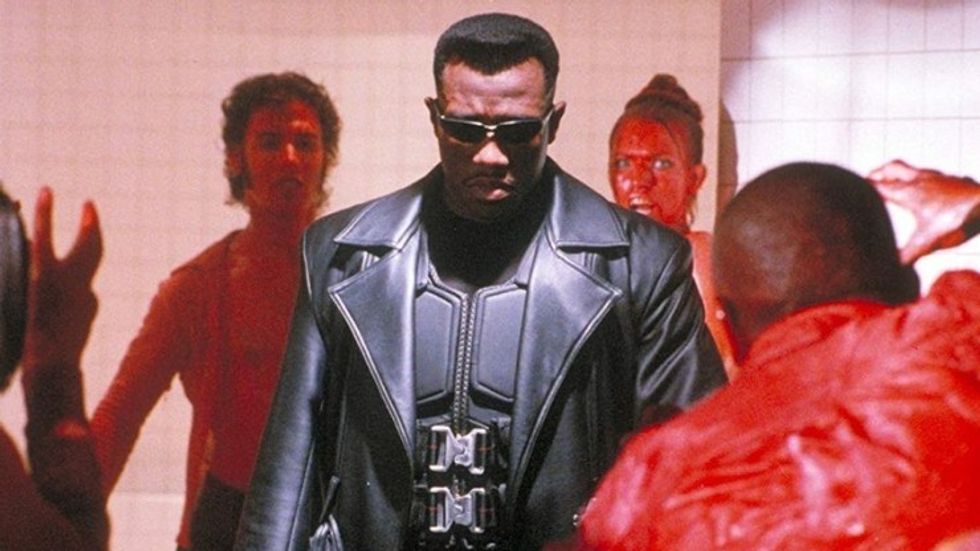
Write an Outline for Your Horror Podcast
When it comes to outlining a podcast, I like to borrow the story map we made for horror movies. Think about how your episodes will space out. You may be able to write a terrifying episode that encompasses each beat of the story.
The Horror Screenplay Outline:
This was originally designed for a movie, but you can see the beats of a great horror podcast are here. All you need to do is build your writing to be incredibly visual. Paint a picture in every scene and deliver the scares.
- Unraveling the Terror—Do you have an opening scare that defines the movie? Do you like Scream? The opening scene of the screenplay sets the tone for the entire story.
- The Entry Point—Who will be involved in these terrifying escapades and what are they dealing with? In a movie like Dawn of the Dead, it's the series of scenes where we meet who will inhabit the mall.
- Before It Goes to Shit—What’s a normal day look like in this world? Think about the way the family gets by in Poltergeist before the ghosts show up.
- The Horror Sets In—What horrific thing sets our characters off on their journey? Nothing is worse than realizing your daughter is possessed as the characters do in The Exorcist.
- The Uneasy Path—Everyone is together, what keeps them moving this way? In something like Godzilla, it's the reason why they deal with the monster at hand? What do they have to gain?
- Walking Over Broken Glass—How do our heroes deal with the problems as they go? In the Saw franchise, this is how people try to get out of the sick traps and hunt Jigsaw.
- Through the Dark Cave—Do you have a B story? Set that story off on its own now too. B-stories, like the marital tension in Rosemary's Baby, are great scenes to juxtapose against the horror at hand.
- Reassess the Terror—You’re in the middle. Is there another way to get out alive? In Shaun of the Dead, it's when they decide to go to the Winchester.
- People Are Going to Die—Things begin to fall apart, let the body count rise and show how they deal with it. In The Descent, this is when the people in the group begin to be picked off one by one.
- The Fall—The worst thing happens, something so bad you don’t think you can get up. In a horror movie like The Mist, it's when they are forced outside and surrounded by the actual mist.
- The Hidden Clue—What do your characters discover that they never saw before? Is there a way out? Something they never realized, like in The Sixth Sense when David realizes he's a ghost.
- Race to the Final (Girl)—They’re up and running no matter what. They can make it! This is the series of scenes that carries us toward your thrilling finale. In Alien, it's when Ripley is confronted and has to think fast.
- The Moment of Relief—Did they make it out alive? Has life returned to normal? What does their day feel like with the problem corrected? Think about when Jaws finally blows up.
- Where Do We Go From Here?—Show us the world in a new light, hint what’s next. Maybe the killer or monster returns for one final scare! In every horror movie, it feels like there's one last scare. Like in I Still Know What You Did Last Summer when it turns out the hook-handed man is under the bed!
Horror Podcast Opening Script Template
All right, how should your horror podcast begin?
Famous podcasts usually all have a standard opening that put you in the mood. You can use creepy music, SFX, or other cues to get people in the mood.
We also wanted to deliver you a template to help people get into the story. While we can't walk you through an entire episode, we can get you off to a strong start.
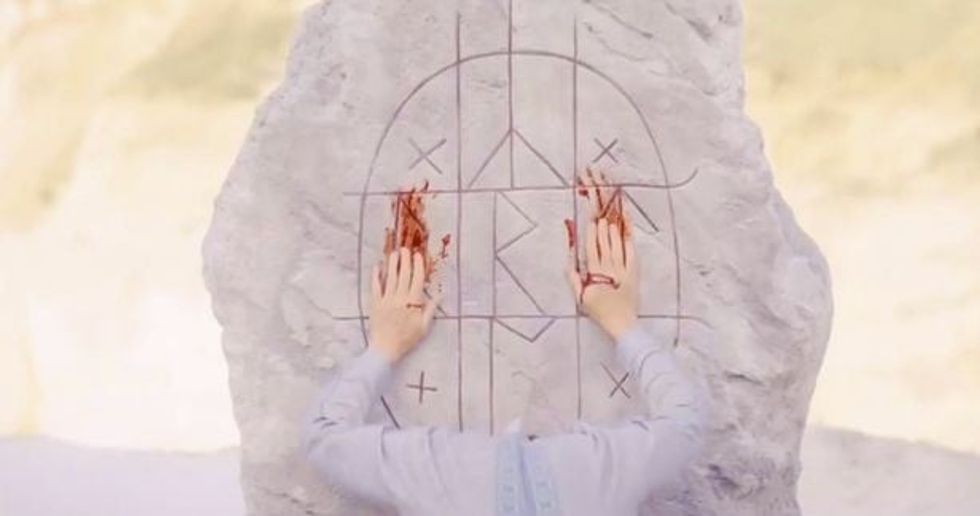
Horror Podcast Template
[Opening music and scary sound effects]
Intro: Set the stage; what is your podcast about and where did we leave off last time?
Story Beat #1:
1. Set the scene of the story, take us back into the spooky world
2. Introduce the setting
3. What characters are in the scene and what are they trying to do?
4. What scary moment should happen now?
[Transition] (This can be a scary sound, scream, or dialogue a character utters)
Story Beat #2:
1. Introduce the new setting
2. What characters are in the scene and what are they trying to do?
3. What scary moment should happen now?
[Do you have a sponsor? An ad can go here]
[Transition] (This can be a scary sound, scream, or dialogue a character utters)
Story Beat #3:
1. What's the big finish for this episode?
2. Are we in a new place?
3. What characters are in the scene and what are they trying to do?
4. Is there a cliffhanger we can cover for the next week?
Recap and Teaser: Summarize the main plot points you covered, tease an upcoming episode, etc.
[Sponsor message]
[Closing music or scary sound effect]
Research Some SFX
Last on the horror podcast agenda is scary music. You are going to want to find the best royalty-free music and sound effects to improve your storytelling. For that, you should do some Googling. I like Fresilyan studios and Chosic as well.
You can also look at our resources for royalty-free music.
There are plenty of paid tracks on other sites, but you want to make sure your purchase covers an ongoing podcast and not single use.
When it comes to SFX, don't go overboard. The sound of an eerie noise or a creaking door is amazing, but you don't need to hit every cue. Sometimes the scariest thing can be your words.
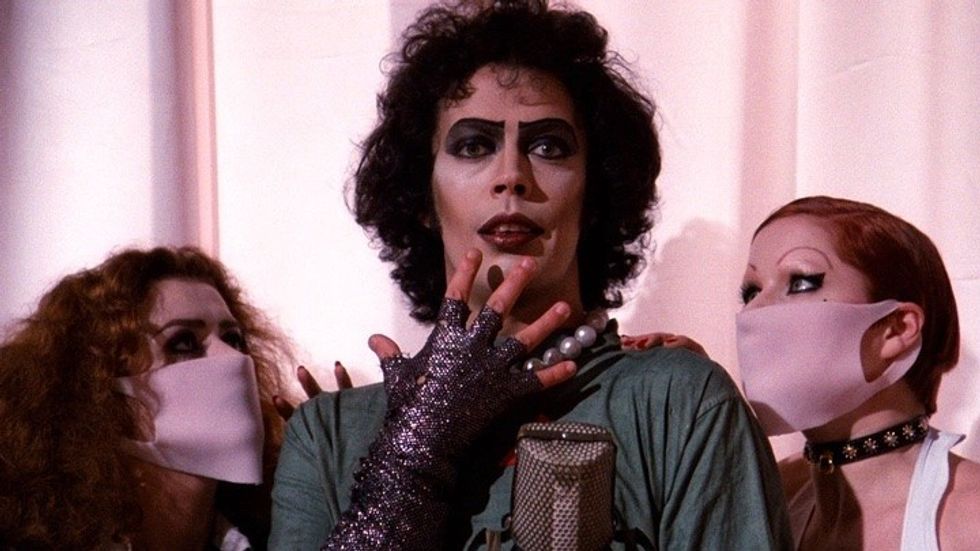
Summing Up "How to Write a Horror Podcast"
Now that you know how to make a spooky horror podcast, it's time to get out there and make one. Get creepy for a listening audience. Don't forget to add some terrifying sounds and make sure your outline has your season laid out.
Once you've captured those beats, it's time to torture the audience with your fearsome storytelling techniques.
We can't wait to listen to what you come up with!
Go get scary!
